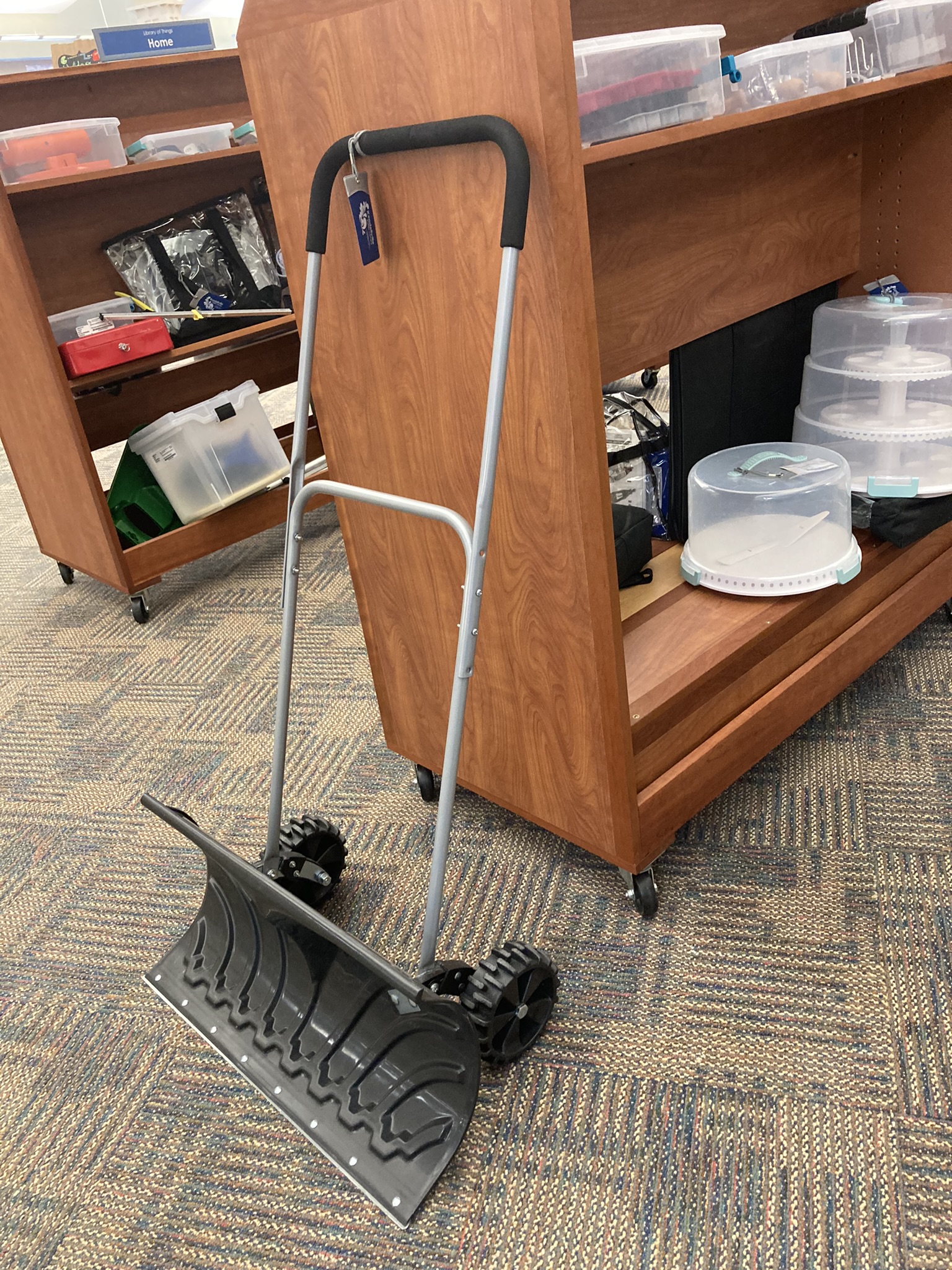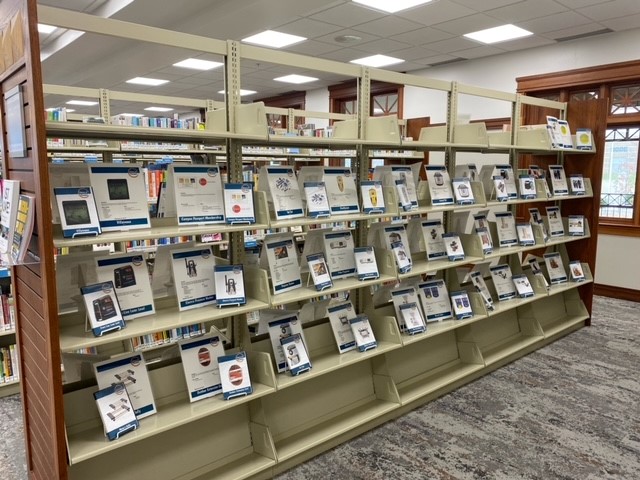Books. Newspapers. Audio and visual materials. These are all things one would expect to find on the shelves in an Indiana public library. But did you know that many public libraries have been expanding their collections to lend non-traditional items, known as a Library of Things?
According to the Allen County Public Library’s website, a Library of Things is a “special collection of ‘things’ that you can check out with your library card. These items are meant to personally enrich your lifelong learning experience – whether it’s through interactive outdoor activities, baking, music or art.”
Over half of the public libraries in our state are offering additional materials. While their collections will vary, you might find:
- Technology: Laptops, Chrome books, iPads and tablets, Wi-Fi hotspots, virtual reality (VR) headsets.
- Crafting materials: Cricut and die cut machines and patterns, sewing machines, quilting and crochet materials, stamps.
- Kitchen tools: Cake pans, cookie cutters, air fryers.
- Audio and visual recording equipment, microphones, and light stands, karaoke machines.
- Binge boxes: curated collections of books, movies and other materials about a topic.
- Yard tools.
- Tables and chairs.
- Bicycles.
- Seeds.
- Passes to local attractions, including museums and pools.
- Nature exploration/adventure packs: birding equipment, binoculars, telescopes.
- Toys: Legos, puzzles, robots.

Kendallville Public Library – Snow shovel and homewares – Photo credit: Paula Newcom, Northeast regional coordinator
To see what your library offers, inquire with circulation staff or check your library’s website or catalog, including the Evergreen Indiana catalog. Some materials may require a rental agreement or deposit. Many materials are limited to a library’s own borrowers and are unlikely to transit or be available via interlibrary loan.

New Carlisle-Olive Township Public Library – Library of Things on display – Photo credit: Laura Jones, Northwest regional coordinator
Library staff interested in learning more about these collections may be interested in viewing this archived presentation for Indiana libraries, led by Dianne Connery, director of the Pottsboro Public Library in Texas, which is worth one LEU for Indiana library staff.
Enjoy exploring all your library has to offer beyond books!
This blog post was written by Jen Clifton, Library Development Office.















